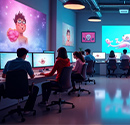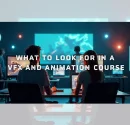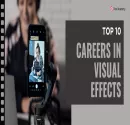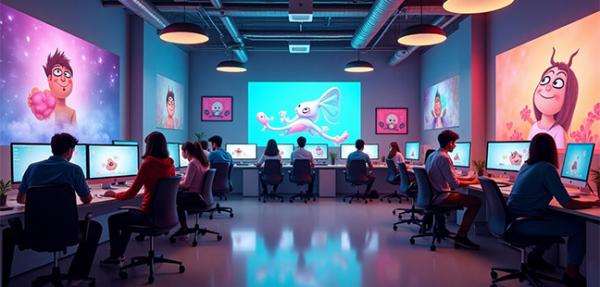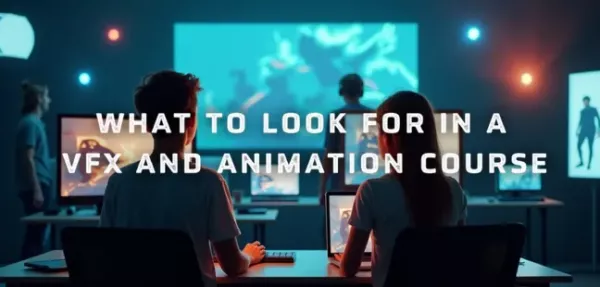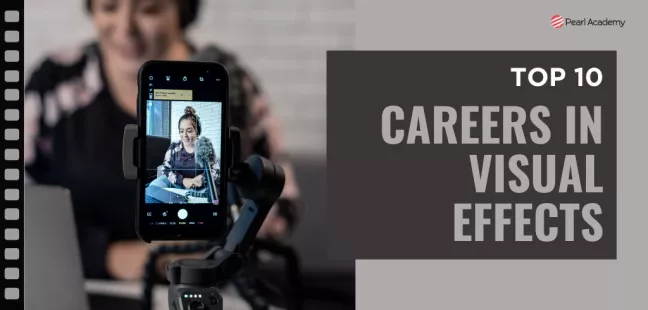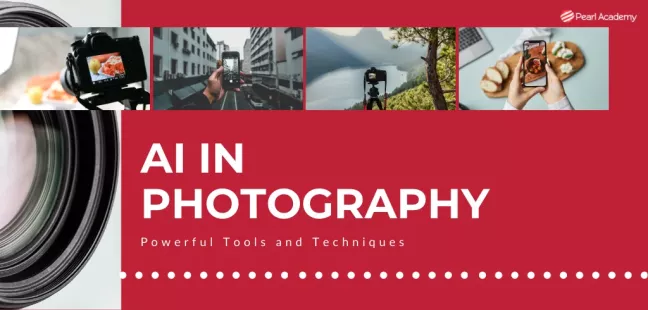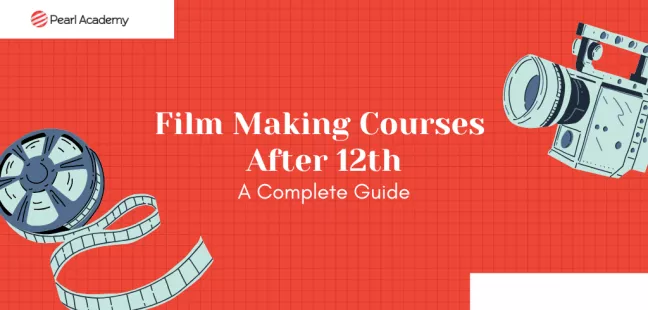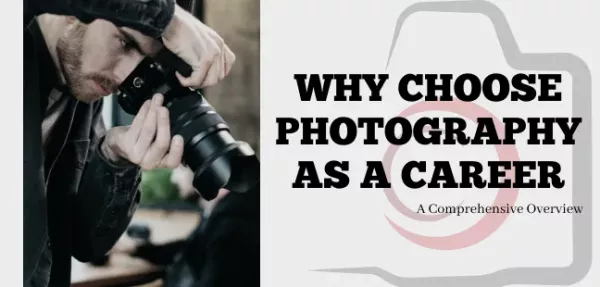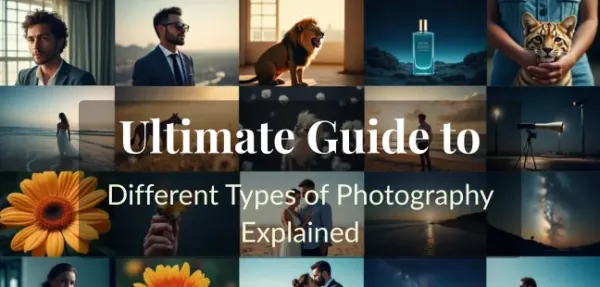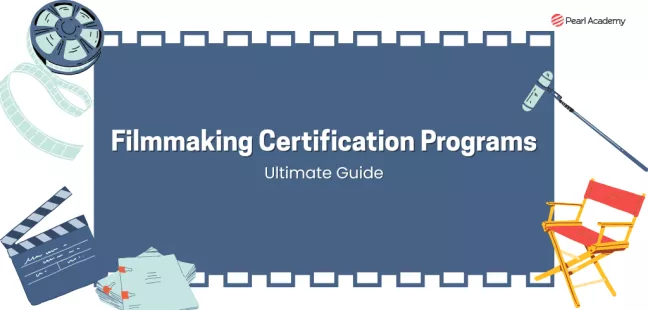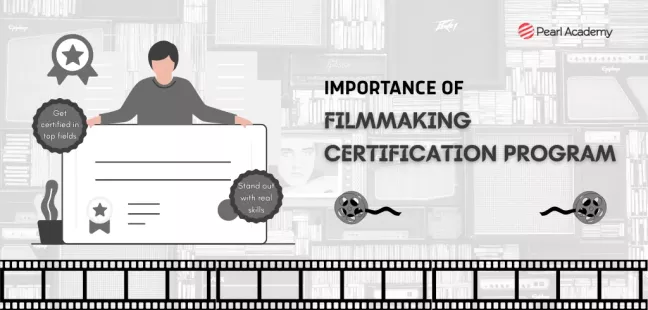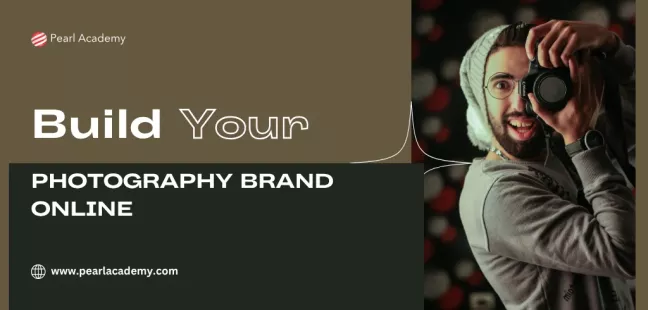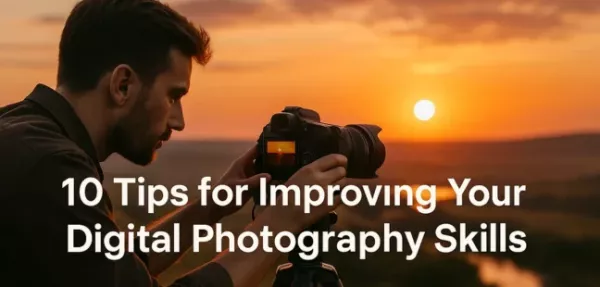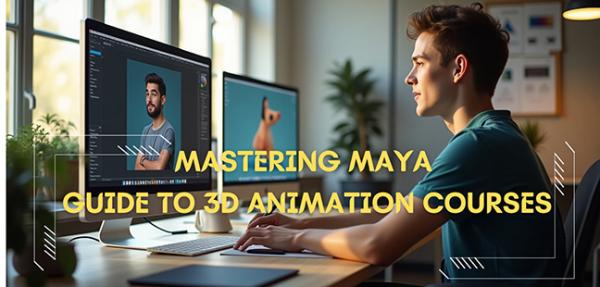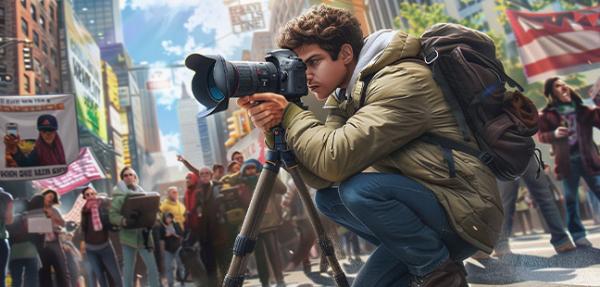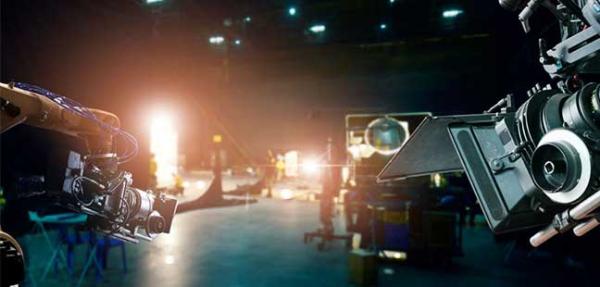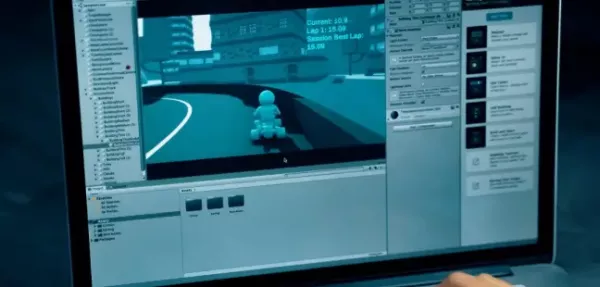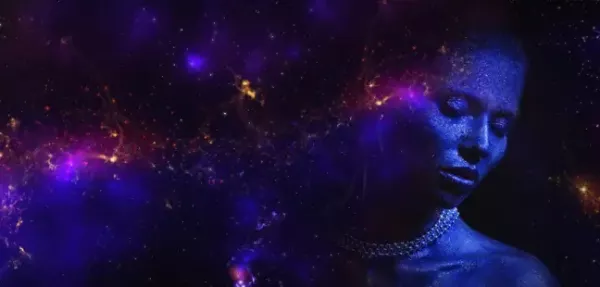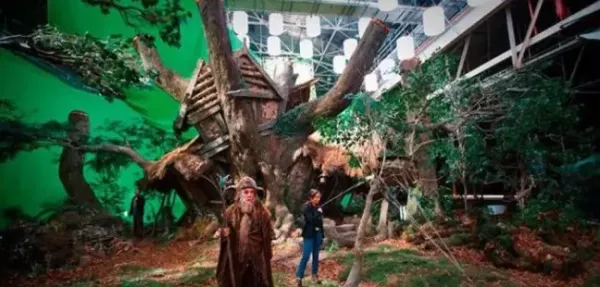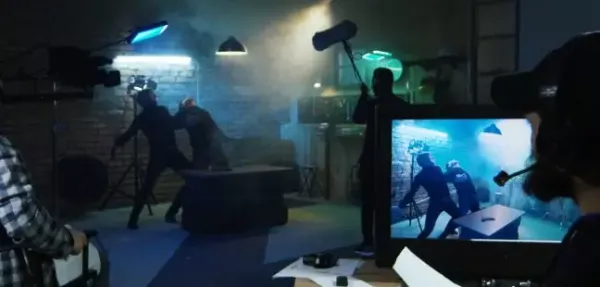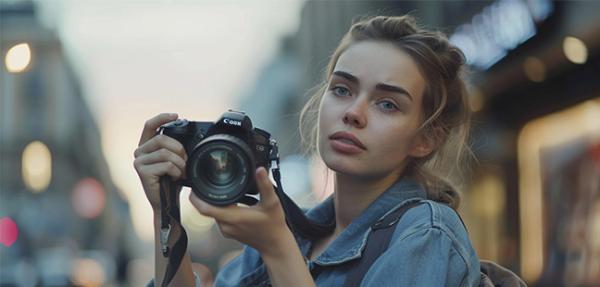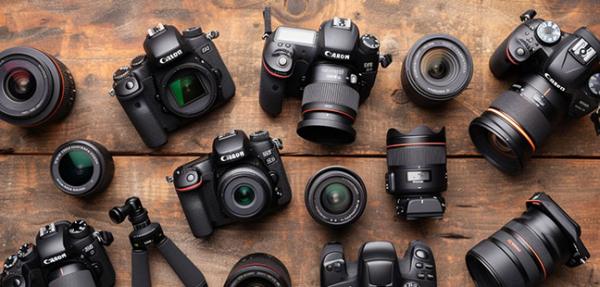Top Visual Effects Techniques for Filmmakers
- Editorial Team
- Published 08-Aug-2025
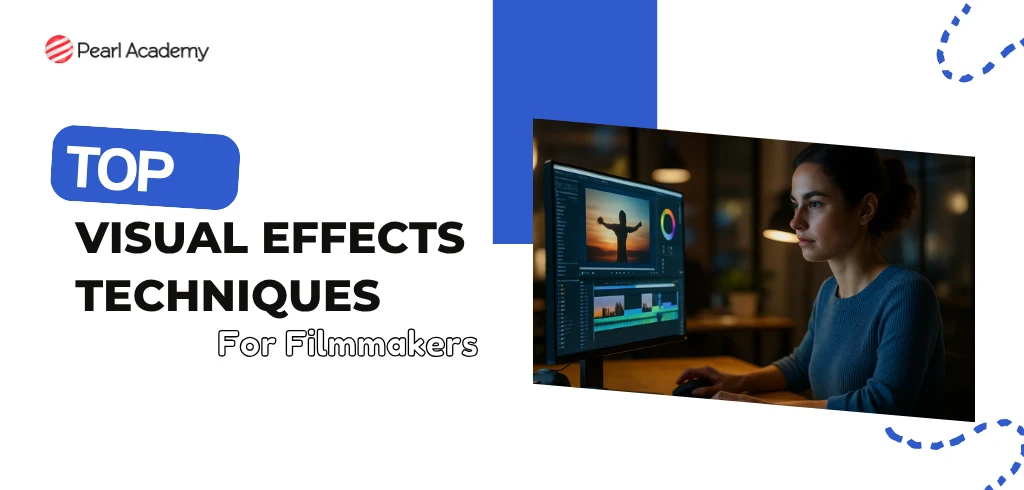
Discover the tools, tricks, and training you need to create magic on screen.
Ever wondered how superheroes fly, dragons breathe fire, or cities collapse in breathtaking detail? The answer lies in VFX—Visual Effects, the secret sauce behind the most jaw-dropping scenes in modern cinema. Whether you’re an aspiring director, a film student, or a curious movie buff, understanding what is visual effects and how it’s used can change the way you experience movies—and make them.
In this blog, we’ll decode the meaning of visual effects, explore key techniques every filmmaker should know, and showcase visual effects examples that shaped the industry. Plus, if you’re dreaming of mastering this craft yourself, we’ll guide you to the right visual effects course to get started.
Become future-ready with our Film Programs
Know MoreWhat Is Visual Effects?
Visual effects (VFX) refer to the digital creation, manipulation, or enhancement of imagery that cannot be captured during live-action filming. Whether it’s removing a boom mic, adding an alien spaceship, or simulating a storm, VFX visual effects allow filmmakers to build worlds beyond imagination.
Visual effects meaning in film: It’s about blending the real and the unreal so seamlessly that the audience can’t tell the difference.
Top Visual Effects Techniques Every Filmmaker Should Know
As a filmmaker once you hold the reins of the film, you can take the help of many techniques to direct something mesmerizing. Listed below are some top visual effects techniques that enhance the user experience:
1. Green Screen (Chroma Keying)
This classic VFX technique replaces a solid-colored background (usually green or blue) with any digital backdrop. It’s the backbone of superhero films, fantasy worlds, and sci-fi environments.
Visual effects examples:
- Avengers: Endgame — time travel and battle sequences
- The Jungle Book (2016) — fully animated jungle with live-action Mowgli
2. Compositing
Compositing merges multiple image elements into a single seamless shot. It’s used to integrate live-action footage with CGI or matte paintings to create hyper-realistic scenes.
Best visual effects movies that use this:
- Life of Pi – the tiger and ocean scenes
- Inception – folding city landscapes
3. Motion Capture (MoCap)
MoCap captures an actor’s movements and maps them onto a digital character. Think of it as acting in pixels.
Visual effects examples:
- Avatar – Na’vi characters
- Planet of the Apes series – Caesar the ape, played by Andy Serkis
4. Rotoscoping
Used to isolate elements in a scene manually, rotoscoping is essential for replacing backgrounds or removing objects.
Visual effects software like Adobe After Effects or Nuke helps streamline this technique for post-production teams.
5. Particle Effects & Simulations
These generate realistic phenomena like fire, smoke, water, explosions, and crowd simulations.
Best visual effects movies that mastered this:
- Interstellar – the black hole simulation
- Doctor Strange – psychedelic mirror dimensions
6. Matte Painting
Digital or hand-drawn artwork used to extend or create environments. Often used to portray expansive landscapes, futuristic cityscapes, or historical settings that would be impossible (or too expensive) to shoot in real life. This technique, along with others in the VFX toolkit, plays a crucial role in world-building—making it important for aspiring filmmakers to understand what to look for in a good VFX and animation course that teaches not just tools, but the storytelling behind them.
Why Learn Visual Effects as a Filmmaker?
In today’s digital-first cinema, understanding visual effects meaning isn’t optional—it’s essential. Even indie films and documentaries are using VFX visual effects for storytelling.
By learning visual effects techniques, you gain:
- Better control over your creative vision
- Cost-effective solutions to complex shots
- Industry-relevant skills to boost your filmmaking career
Where to Start: Best Visual Effects Course for Beginners
If you're serious about a future in film and want hands-on training, consider enrolling in Pearl Academy's Filmmaking, Cinematography, Direction & Production Certificate Course. This program blends creative storytelling with technical skills in VFX, editing, and production.
This industry-aligned course covers:
- Cinematic storytelling and direction
- Camera work and lighting
- Post-production and VFX basics
- Introduction to visual effects software
- Real-time projects and portfolio building
Perfect for budding directors, editors, and VFX artists who want to bring stories to life.
Best Visual Effects Software in 2025
To bring your ideas to the screen, you’ll need the right tools. Here are some industry favorites:
| Software | Use Case |
| Adobe After Effects | Motion graphics, compositing, animation |
| Autodesk Maya | 3D modeling, animation, simulations |
| Nuke by Foundry | Node-based compositing for films |
| Blender | Free 3D suite for modeling, sculpting, VFX |
| Cinema 4D | Used for motion design, AR/VR, and titles |
If you're passionate about cinema and storytelling, there’s no need to wait. Many aspiring filmmakers and VFX artists begin their journey right after school, combining their creative instincts with technical training. In fact, several institutes now offer specialized programs that introduce students to camera work, editing, and visual effects as early as after Class 12.
Understanding what such a filmmaking course after 12th should offer—whether it includes VFX, animation, or hands-on industry exposure—can make all the difference in shaping your future career path.

Student Guidance Center: Our Counselors are Just a Click Away.
Final Thoughts
The best visual effects don’t just look good—they serve the story. From the magical realism of Harry Potter to the mind-bending visuals of Inception, VFX shapes how we feel, imagine, and remember movies.
So, if you're passionate about cinema, storytelling, or just love watching CGI magic unfold, take the next step.
Start learning, experimenting, and maybe one day—your work will be featured in the next best visual effects movies list.
Tags
- #Film
Pearl Admission Enquiry
Subscribe to Pearl Blogs
By clicking the "Subscribe" button, I agree and accept the privacy policy of Pearl Academy.






